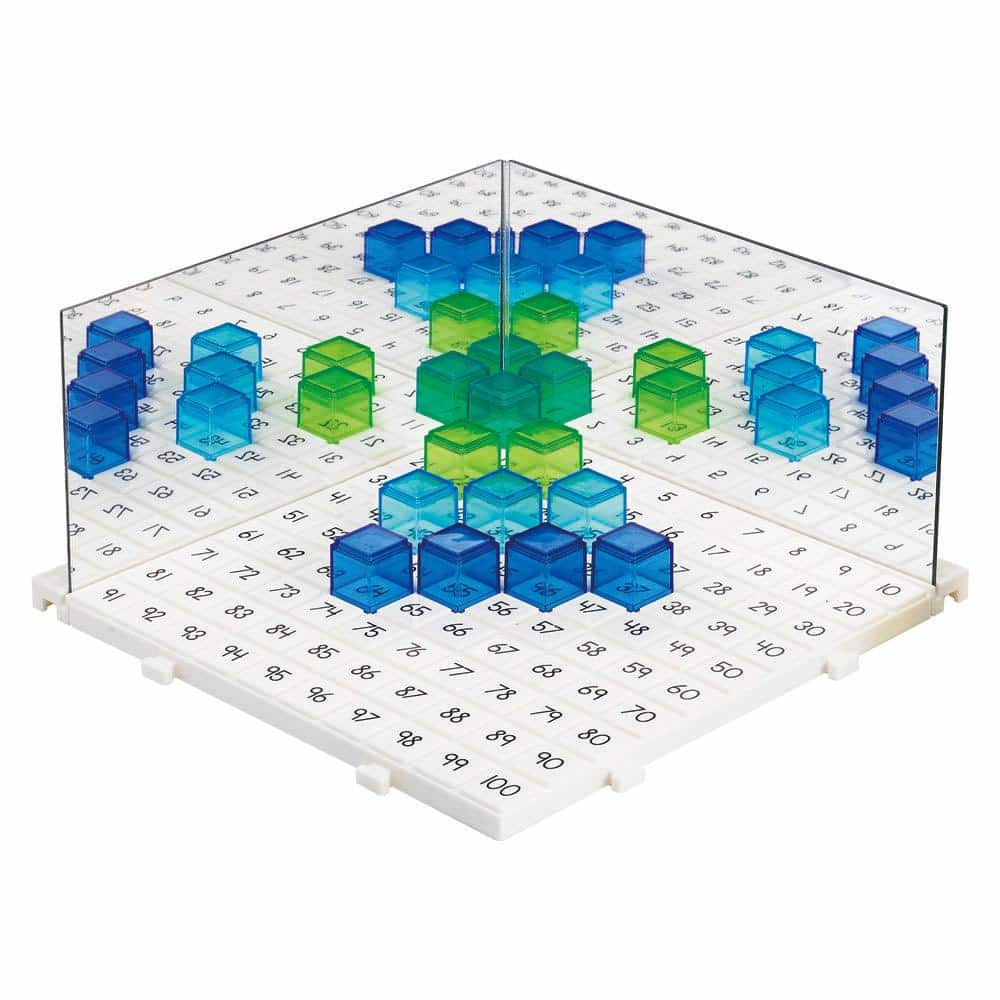The History and Cultural Significance of Dollhouses and Miniature Worlds
Introduction
Dollhouses and miniature worlds have captivated the hearts and minds of people across cultures and generations. These meticulously crafted tiny abodes offer a unique glimpse into history, artistic expression, and imaginative play. In this blog article, we will delve into the fascinating history and explore the cultural significance of dollhouses and miniature worlds.
The Early Origins
The concept of miniaturized housing can be traced back to ancient Egypt, where intricate models of homes were often included in burial sites. These models were believed to serve a symbolic purpose and intended to provide comfort to the deceased in the afterlife.
Fast forward to the 16th century, dollhouses as we know them today began to emerge. Wealthy European families commissioned immense miniature structures, called baby houses, which were meticulously furnished and decorated with exquisite details. These diminutive abodes were seen as both status symbols and a means to teach young girls about domestic duties.
The Golden Age of Dollhouses
The 19th century witnessed the rise of dollhouses’ popularity across social classes. Handcrafted dollhouses became more accessible, and families would spend hours lovingly decorating the tiny interiors. This golden age of dollhouses saw an incredible array of styles and themes, from grand Victorian mansions to charming cottages.
Dollhouses also gained recognition as a valuable educational tool. They offered children the opportunity to develop fine motor skills, explore interior design, and even experiment with role-playing scenarios. Moreover, dollhouses became a canvas for artistic expression, encouraging creativity and imagination.
The Features
- Exquisite Detailing: Dollhouses are renowned for their meticulous attention to detail. From tiny chandeliers to intricately patterned wallpapers, every element is thoughtfully crafted to replicate the real world on a miniature scale.
- Furniture and Furnishings: Dollhouses often come with miniature furniture and furnishings, allowing for endless possibilities in decor. From elegant four-poster beds to ornate dining room sets, these miniaturized pieces are often handcrafted with extraordinary precision.
- Functionality: Dollhouses are designed to be functional playsets. They typically feature hinged doors and windows that open and close, allowing for interactive play. Some even have miniature lighting systems, making the tiny world come alive at night.
- Architectural Styles: Dollhouses come in a variety of architectural styles, ranging from quaint cottages to grand Victorian or Georgian mansions. These diverse designs allow collectors and enthusiasts to choose their preferred aesthetic.
- Thematic Settings: Dollhouses often recreate specific time periods or scenes, giving them a story-like quality. From medieval castles to bustling city streets, these miniature worlds transport us to different eras and places.
The Impact on Popular Culture
As dollhouses made their way into popular culture, their influence became evident in various forms of entertainment. Classic literature, such as “The Secret Garden” by Frances Hodgson Burnett and “The Doll’s House” by Katherine Mansfield, featured dollhouses as central symbols of imagination and escape.
In the world of cinema, dollhouses played notable roles in movies like “The Conjuring” and “Beetlejuice,” where they were used to create an eerie atmosphere and portray hidden secrets.
Contemporary Dollhouses and Miniature Worlds
Today, dollhouses continue to captivate collectors, hobbyists, and enthusiasts all around the world. Modern collectors seek out vintage dollhouses for their historical and nostalgic value, while others create their miniature worlds from scratch, showcasing their creative talents and individuality.
The advent of the internet and social media has also given rise to thriving communities of dollhouse aficionados. Online platforms provide a space for enthusiasts to share their creations, exchange tips and tricks, and find inspiration from fellow miniaturists.
Conclusion
Dollhouses and miniature worlds have left an indelible mark on human history and culture. From their early symbolic roots to becoming cherished playsets and collectibles, these intricate representations of domestic life have delighted both young and old for centuries.
Whether it’s appreciating the exquisite craftsmanship, exploring different architectural styles, or simply indulging in imaginative play, dollhouses continue to offer an enchanting way to escape into a world of miniaturized magic.


